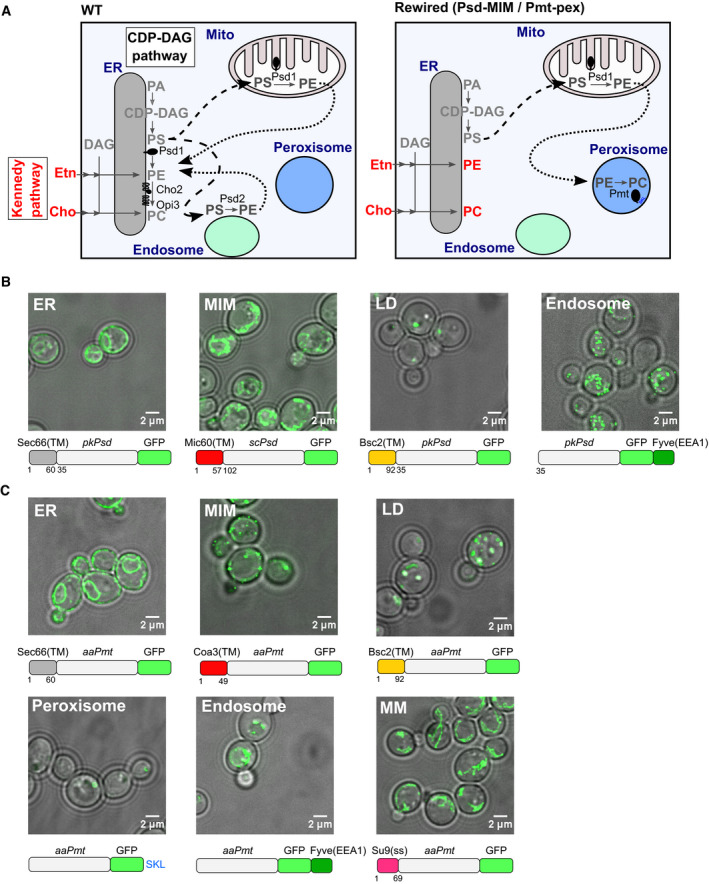Figure 1. Rewiring PE and PC synthesis to expose lipid trafficking routes.

- Scheme depicting the topology of the CDP‐DAG and Kennedy (red) pathways producing PE and PC in wild‐type (WT) yeast cells (left panel), and an example of a rewired condition in which PE synthesis is directed to the mitochondrial inner membrane (MIM) and PC synthesis to peroxisomes (pex) (right panel). Black arrows indicate PS (dashed) and PE (dotted) lipid transport that must occur to enable the sequential enzymatic reactions.
- Localization of the GFP‐tagged PE‐synthesizing enzyme (Psd) targeted to the indicated organelles in choppΔ cells, grown in SD medium supplemented with 10 mM choline. Images shown are either a single Z‐slice (ER construct) or a maximum intensity projection of several Z‐sections (other constructs); LD, lipid droplets; MM, mitochondrial matrix. A scheme depicting each chimeric Psd construct is shown under the corresponding microscopy image.
- Localization of the GFP‐tagged PC‐synthesizing enzyme (Pmt) targeted to the indicated organelles in choppΔ cells, grown in SD medium supplemented with 10 mM ethanolamine. Images shown are either a single Z‐slice (ER construct) or a maximum intensity projection of several Z‐sections (other constructs). A schematic depicting each chimeric Pmt construct is shown under the corresponding microscopy image.
